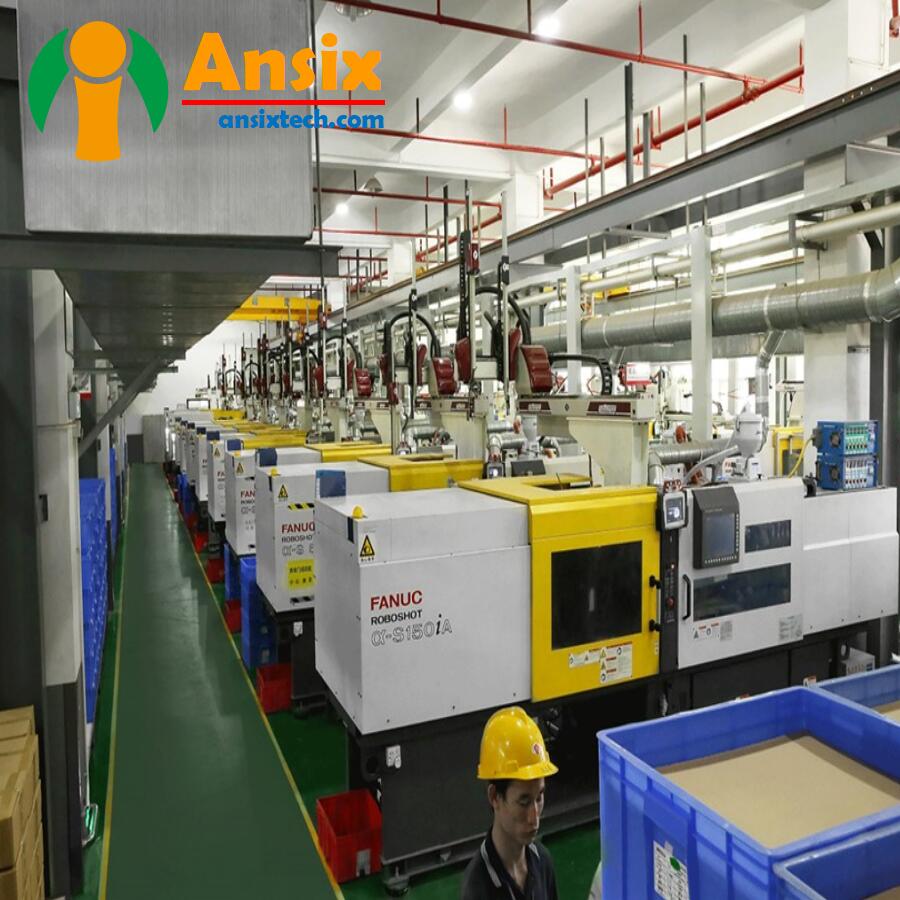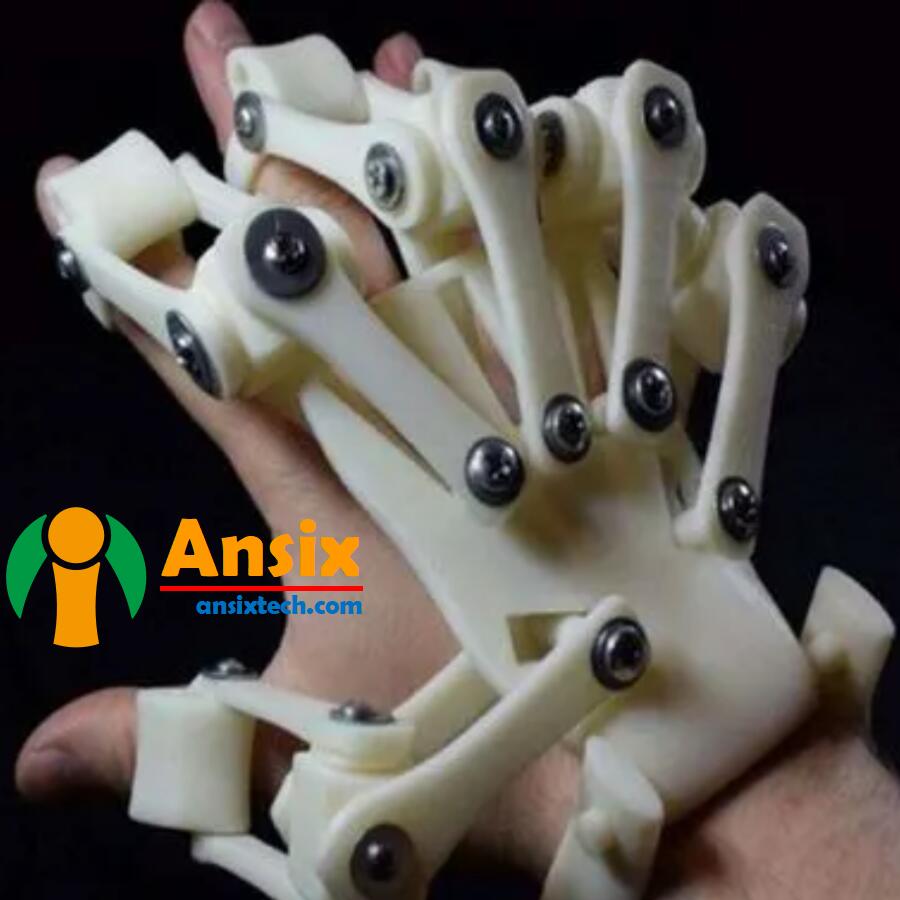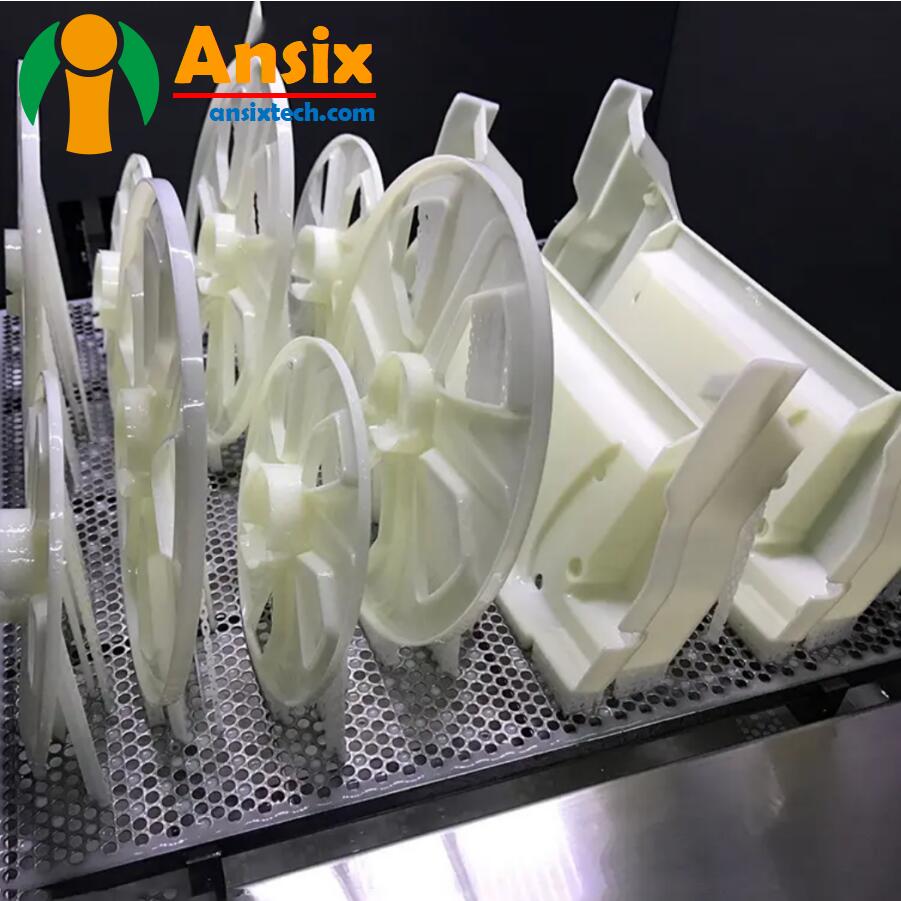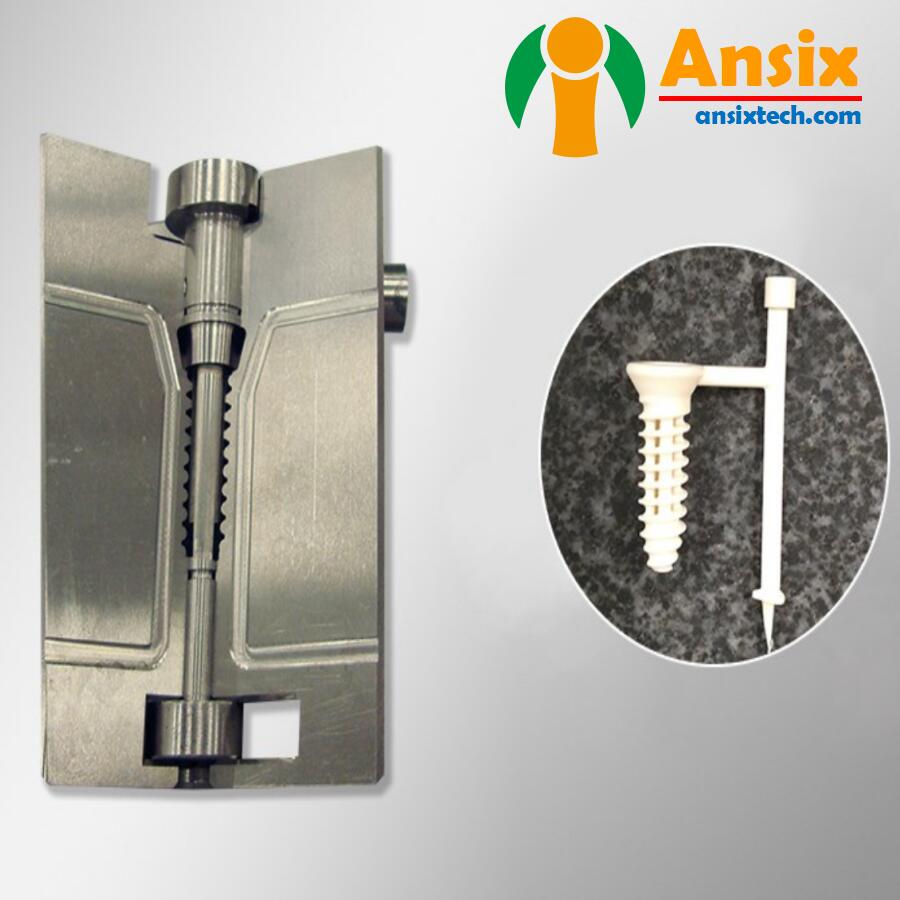Injection Mold Prototyping
FEATURES
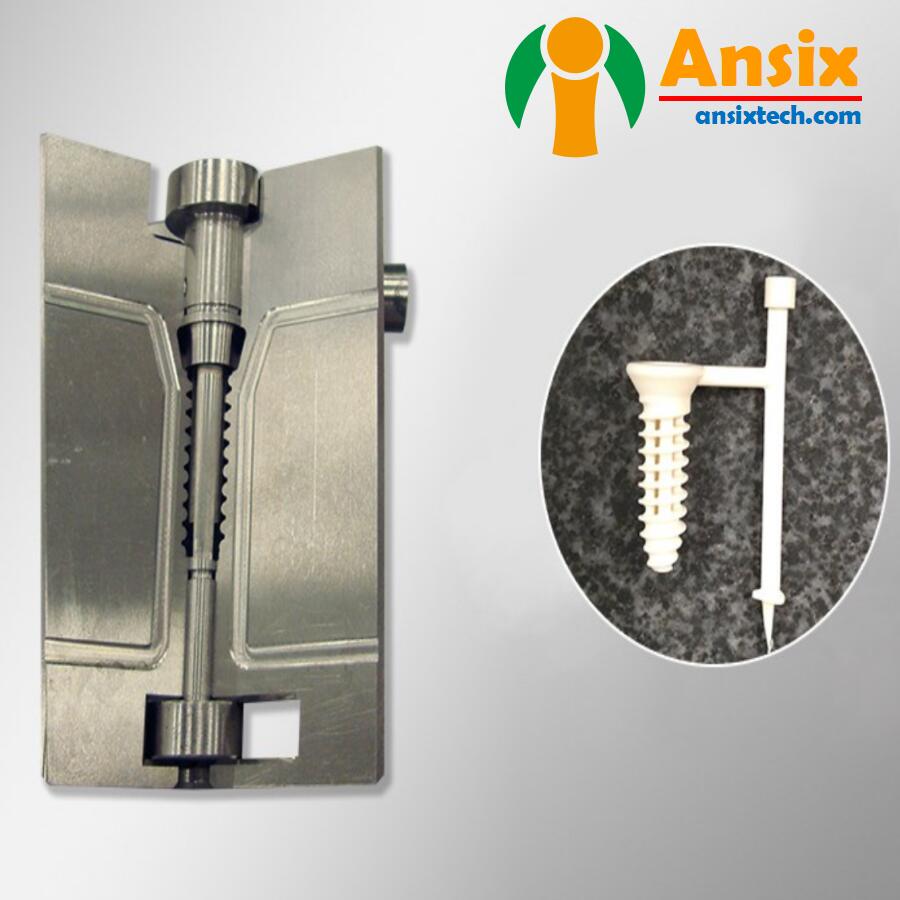
- Medical Injection Mold Prototyping
Injection mold prototyping is the process of developing a tool to expedite a molded part. AnsixTech can create your part as close to the intended product design and functionality as possible using your requirements.Product design verification: Prototypes can be used to verify the accuracy and feasibility of product design. By making prototypes, the appearance, shape and size of the product can be visually displayed for design evaluation and improvement.Market research and publicity: Prototypes can be used for market research and publicity activities. It can be used as a display sample for exhibitions, showcases and sales promotions to attract the attention and interest of potential customers.Verification before mold manufacturing: Prototype production can verify the feasibility of product design and mold structure before mold manufacturing. By making prototypes, problems and risks in the mold manufacturing process can be discovered and solved, and errors and costs that occur when manufacturing injection molds can be reduced.Model making and artwork production: Prototypes can be used to make models and artwork. For example, prototypes can be used to make architectural models, car models, ship models, etc. to demonstrate and demonstrate design concepts.Education and training: Prototypes can be used for education and training purposes. It can be used as a teaching tool to demonstrate and explain the principles and processes of product design and manufacturing.Rapid prototyping: Prototype production can be used for rapid prototyping. By making prototypes, the feasibility of product design and manufacturing can be quickly verified for further improvement and optimization.Prototypes have a wide range of applications and can meet the needs of different industries and fields. Specific applications will vary based on product type, industry requirements and manufacturing processes
- Benefits for Prototype
Prototyping has many benefits during product development and manufacturing. Here are some common benefits of prototyping:Verify product design: Prototype production can be used to verify the accuracy and feasibility of product design. By making prototypes, the appearance, shape and size of the product can be visually displayed for design evaluation and improvement. This helps ensure that the final product meets design requirements.Detect problems in advance: By making prototypes, potential problems and room for improvement can be discovered before the product enters formal production. During the prototype production process, the feasibility and practical application effects of the product can be evaluated, design defects or manufacturing problems can be discovered, and necessary adjustments and optimizations can be made.Reduce development costs and risks: Prototype production can reduce costs and risks in the product development process. By making prototypes for verification and optimization, unnecessary errors and duplication of work can be avoided, and the cost and time in the development process can be reduced.Improve communication and understanding: Prototypes can be used as communication tools to help team members and stakeholders better understand the product design and manufacturing process. By observing and using prototypes, design intentions and product features can be communicated more intuitively, and teamwork and decision-making can be promoted.Rapid prototyping: Prototype production can be used for rapid prototyping. By making prototypes, the feasibility of product design and manufacturing can be quickly verified for further improvement and optimization. This helps speed product development and time to market.Publicity and marketing: Prototypes can be used to display and promote the appearance and features of the product. It can be used as a display sample for exhibitions, showcases and sales promotions to attract the attention and interest of potential customers. 
-
Here are some of the key advantages:Speed and Efficiency, Low Cost for High Volumes, High Precision and Accuracy, Material Variety, Complex Geometry, Surface Finish Options, Consistency in Production, Material Testing, Testing of Functional Parts, Tooling Modification, Scalability, Cost-Effective for Large Production RunsOverall, injection molding prototyping is a powerful tool for product development, offering speed, precision, material versatility, and cost-effectiveness for both small-scale prototyping and large-scale production.Prototyping offers many benefits during product development and manufacturing. It can validate product designs, detect problems in advance, reduce costs and risks, improve communication and understanding, speed up prototyping, and be used for promotion and marketing. Through prototype production, you can ensure that the final product can meet the requirements and improve production efficiency and product quality.Injection molding prototyping offers several benefits that make it an attractive option for developing and testing new products. If you have any questions about products in the medical field, please send us a message(Email: info@ansixtech.com ) at any time and our team will reply to you within 12 hours.
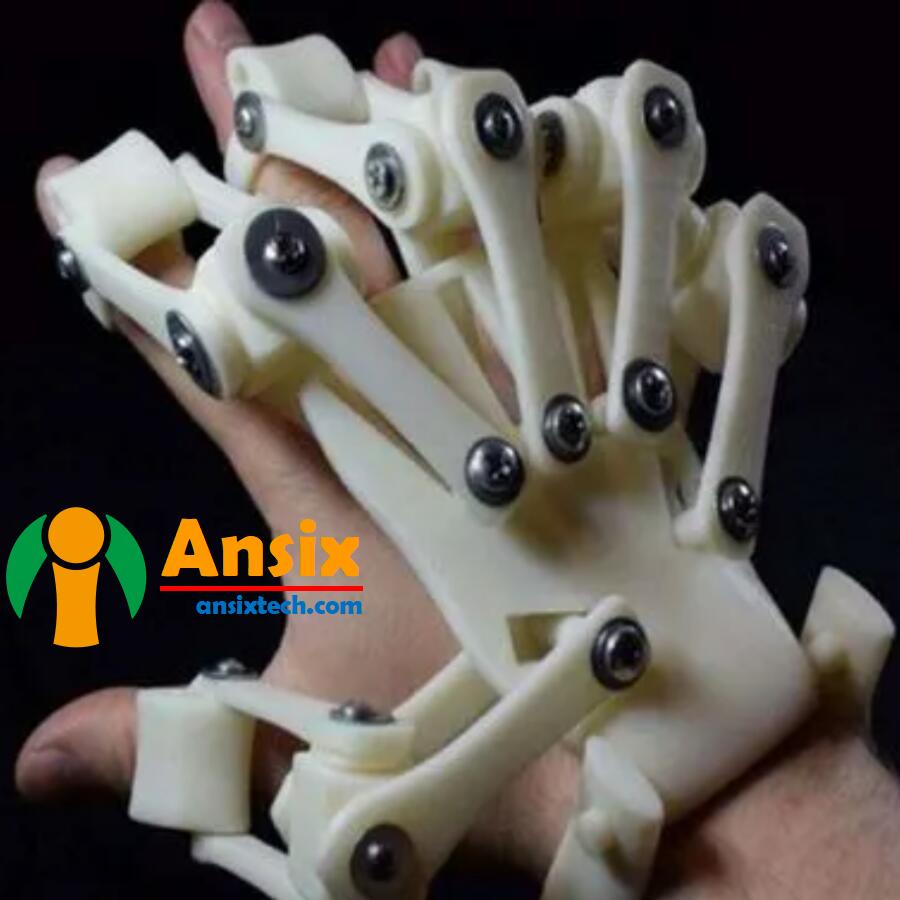
- Prototype Capabilities
AnsixTech has the capabilities to support your injection molding applications. Some highlights include:Prototype production is a professional technical activity that requires certain abilities and techniques.CAD design ability: Prototype production requires mastering computer-aided design (CAD) software and being able to design and produce based on product design drawings or CAD models. Proficient in the operation and functions of CAD software, and able to accurately convert design drawings into prototype production files.Material selection and processing capabilities: Prototype production requires selecting appropriate materials according to product requirements and processing accordingly. Have the ability to understand and select different materials, be able to select suitable materials according to the characteristics and requirements of the product, and perform cutting, engraving, polishing and other processing.Production technology and technical capabilities: Prototype production requires mastering various production processes and technologies, such as 3D printing, CNC processing, hand engraving, etc. Have the ability to understand and master different production processes, be able to select appropriate production processes according to product requirements, and perform corresponding operations and processing.Precise measurement and dimensional control capabilities: Prototype production requires precise measurement and dimensional control to ensure the accuracy and consistency of the prototype. Possess precise measurement technology and tools, capable of accurate dimensional measurement and control to meet product design requirements.Problem-solving and improvement abilities: You may encounter various problems and challenges during the prototype production process, and you need to have the ability to solve problems and improve. Able to analyze and solve problems in the production process, propose improvement plans, and make corresponding adjustments and optimizations.Teamwork and communication skills: Prototype production usually requires cooperation and communication with designers, engineers and other team members. Have good teamwork and communication skills and be able to effectively collaborate with team members to understand and communicate design intentions and requirements.
-
Key Advantages for Protoyping:1.Speed and EfficiencyInjection molding allows for the rapid production of prototypes. Once the initial mold is created, the process of producing additional prototypes is quick and efficient. This speed can significantly reduce the time it takes to iterate and refine a product design.2.Low Cost for High VolumesWhile the initial tooling and mold creation can be expensive, once these are in place, producing additional prototypes becomes relatively inexpensive, especially when compared to other prototyping methods like CNC machining.3.High Precision and AccuracyInjection molding provides high levels of accuracy and precision, ensuring that each prototype is consistent and meets the required specifications. This is crucial for testing and evaluating the functionality and fit of the prototype.4.Material VarietyInjection molding supports a wide range of materials, including thermoplastics, thermosetting polymers, and elastomers. This versatility allows for prototyping of various products, from rigid components to flexible parts.5.Complex GeometryInjection molding can accommodate complex and intricate designs, including features like undercuts, threads, and thin walls. This capability is particularly valuable for producing prototypes of products with intricate details.6.Surface Finish OptionsThe process can yield prototypes with smooth surfaces, reducing the need for additional finishing operations. This is especially important for products where aesthetics are crucial.7.Consistency in ProductionOnce the mold is established, each prototype produced will be nearly identical. This consistency is essential for evaluating the performance and quality of the prototype.8.Material TestingInjection molding allows for the use of a wide range of materials, enabling designers to test different materials to determine which one is best suited for the final product.9.Testing of Functional PartsInjection-molded prototypes can be used for functional testing. This means that you can assess how the prototype performs under real-world conditions, which is essential for validating design choices.10.Tooling ModificationIf changes are needed to the prototype, modifications can be made to the mold relatively easily. This enables quick iteration and refinement of the product design.11.ScalabilityOnce the final design is approved, the same molds and process can be used for large-scale production. This ensures that the transition from prototyping to full-scale manufacturing is smooth.12.Cost-Effective for Large Production RunsOnce the tooling is in place, the cost per unit decreases significantly, making injection molding a cost-effective option for large production runs.
- Medical Injection Molding
Injection molding is a common plastic processing method. Molten plastic material is injected into a mold, and after cooling and solidification, the desired plastic product is obtained. The following are the general steps for injection molding:Mold preparation: Select a suitable injection mold and perform necessary preparations, such as cleaning, applying mold release agent, etc. The design and manufacturing of molds need to be carried out according to the shape, size and requirements of the product.Plastic material preparation: Select suitable plastic materials and perform pretreatment. Pretreatment includes steps such as drying, mixing and heating to ensure the quality and flowability of plastic materials.Injection molding process: The pretreated plastic material is heated to a molten state, and then the melted plastic material is injected into the mold through the injection molding machine. The injection molding machine pushes the plastic material into the mold cavity through the screw and applies a certain amount of pressure to ensure complete filling.Cooling and solidification: After the injection molding machine injects the plastic material into the mold, the plastic material will cool and solidify in the mold. Cooling time depends on the type and thickness of the plastic material, and usually requires a certain amount of time to ensure the plastic is fully cured.Mold opening and product demoulding: After cooling and solidification, the mold is opened and the molded plastic product is taken out of the mold. This may require the use of mold release agents or other aids to aid release.Post-processing: Molded plastic products may require post-processing, such as trimming, grinding, assembly, printing, etc. These steps can be carried out according to the requirements and specifications of the product.PEEK Injection MoldingImplantables & BioresorbablesOvermolding & Insert MoldingMicromoldingInjection molding is an efficient, precise and high-volume method of producing plastic products. It is widely used in various industries, such as automobiles, electronics, medical, home appliances, etc. The specific injection molding process and parameter settings will be determined based on the product requirements, plastic material characteristics and mold design. If you have any questions about products in the medical field, please send us a message(Email: info@ansixtech.com ) at any time and our team will reply to you within 12 hours. 